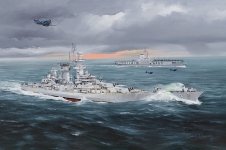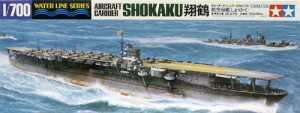Trumpeter 05734 USS North Carolina BB-55 1/700
Plastikowy model do sklejania. Zestaw nie zawiera kleju i farb.
USS North Carolina (BB-55) – amerykański pancernik typu North Carolina z okresu II wojny światowej. Drugim okrętem serii był USS „Washington” (BB-56). Pancerniki typu North Carolina należały do pierwszej z trzech serii nowoczesnych amerykańskich okrętów liniowych biorących udział w II wojnie światowej.
Po zniesieniu w 1936 ograniczeń traktatowych możliwa była budowa nowych okrętów mających zastąpić stare pancerniki USS „Arkansas” i USS „New York”. Zamówienia do stoczni skierowano dopiero w 1937 pomimo tego, że projektowanie nowych jednostek rozpoczęto już na początku lat 30.
Stępkę pod okręt położono 27 października 1937 w New York Naval Shipyard. Wodowanie nastąpiło 13 czerwca 1940, matką chrzestną została córka gubernatora Karoliny Północnej Isabel Hoey. Podniesienie bandery na okręcie odbyło się 9 kwietnia 1941 w Nowym Jorku. „North Carolina” rozpoczął działania wojenne od udziału w walkach o Guadalcanal, gdzie początkowo zapewniał eskortę lotniskowcowi USS „Enterprise”. 24 sierpnia 1942 „North Carolina” wziął udział w bitwie koło wschodnich Salomonów, gdzie tylko podczas pierwszego japońskiego ataku jego artylerzystom udało się zestrzelić od 7 do 14 samolotów wroga. W dalszym ciągu walk o Guadalcanal pancernik osłaniał lotniskowce USS „Saratoga” i USS „Wasp”. 15 września 1942 „North Carolina” został trafiony przez torpedę wystrzeloną z japońskiego okrętu podwodnego I-19. W wyniku eksplozji na jej pokładzie zginęło 6 członków załogi. Po naprawach w Pearl Harbor okręt powrócił do misji eskortowania lotniskowców. Okręt został wycofany ze służby w 1947. Od 1962 jest okrętem muzeum w Wilmington.
USS North Carolina (BB-55) is the lead ship of the North Carolina class of fast battleships, the first vessel of the type built for the United States Navy. Built under the Washington Treaty system, North Carolina's design was limited in displacement and armament, though the United States used a clause in the Second London Naval Treaty to increase the main battery from the original armament of nine 14-inch (360 mm) guns to nine 16 in (410 mm) guns. The ship was laid down in 1937 and completed in April 1941, while the United States was still neutral during World War II.
Following the Japanese attack on Pearl Harbor in December, North Carolina mobilized for war and was initially sent to counter a possible sortie by the German battleship Tirpitz, though this did not materialize and North Carolina was promptly transferred to the Pacific to strengthen Allied forces during the Guadalcanal Campaign. There, she screened aircraft carriers engaged in the campaign and took part in the Battle of the Eastern Solomons on 24–25 August, where she shot down several Japanese aircraft. The next month, she was torpedoed by a Japanese submarine but was not seriously damaged. After repairs, she returned to the campaign and continued to screen carriers during the campaigns across the central Pacific in 1943 and 1944, including the Gilberts and Marshall Islands and the Mariana and Palau Islands, where she saw action during the Battle of the Philippine Sea.
The ship was undergoing a refit during the invasion of the Philippines but took part in the later stages of the Philippines campaign and was present when the fleet was damaged by Typhoon Cobra. She took part in offensive operations in support of the Battles of Iwo Jima and Okinawa in 1945, including numerous attacks on Japan. Following the surrender of Japan in August, she carried American personnel home during Operation Magic Carpet. North Carolina operated briefly off the east coast of the United States in 1946 before being decommissioned the next year and placed in reserve. Stricken from the Naval Vessel Register in 1960, the ship was saved from the breaker's yard by a campaign to preserve the vessel as a museum ship in her namesake state. In 1962, the North Carolina museum was opened in Wilmington, North Carolina.















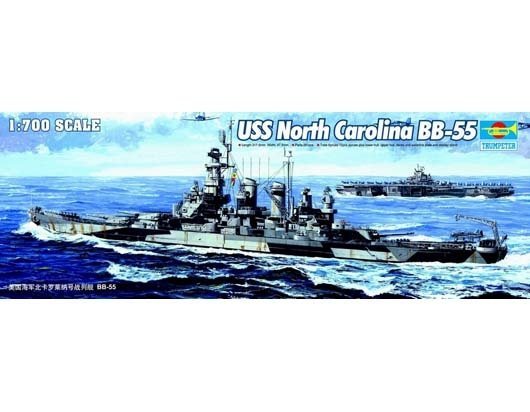
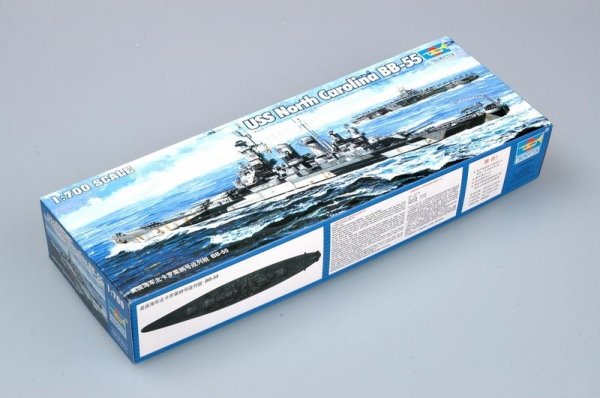
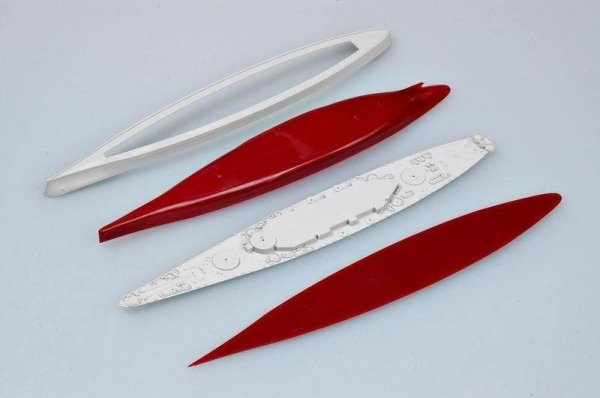
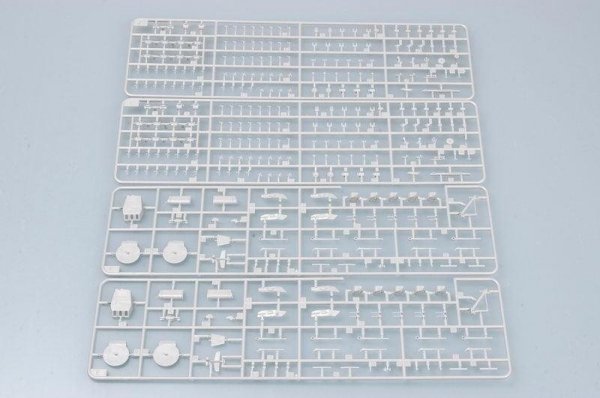
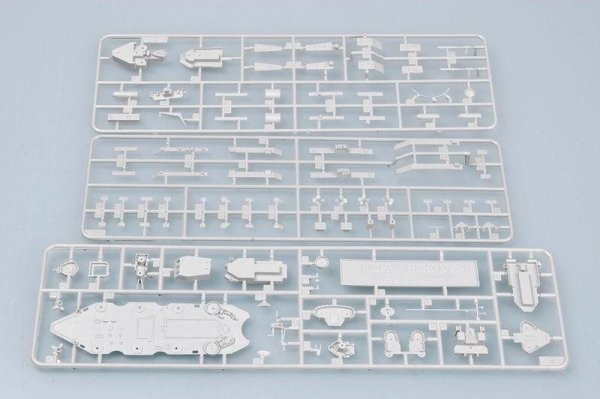


 2 szt.
2 szt.
 1 szt.
1 szt.
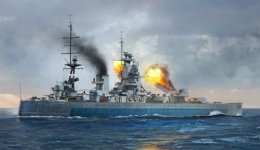
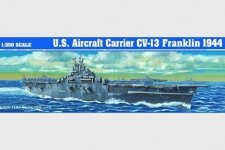

 255 szt.
255 szt.